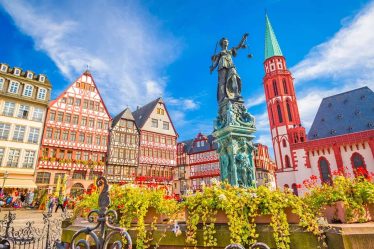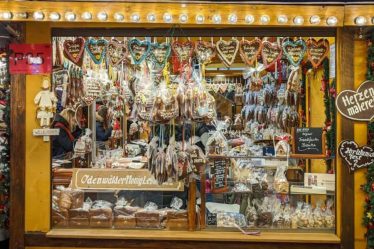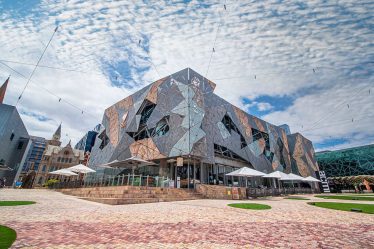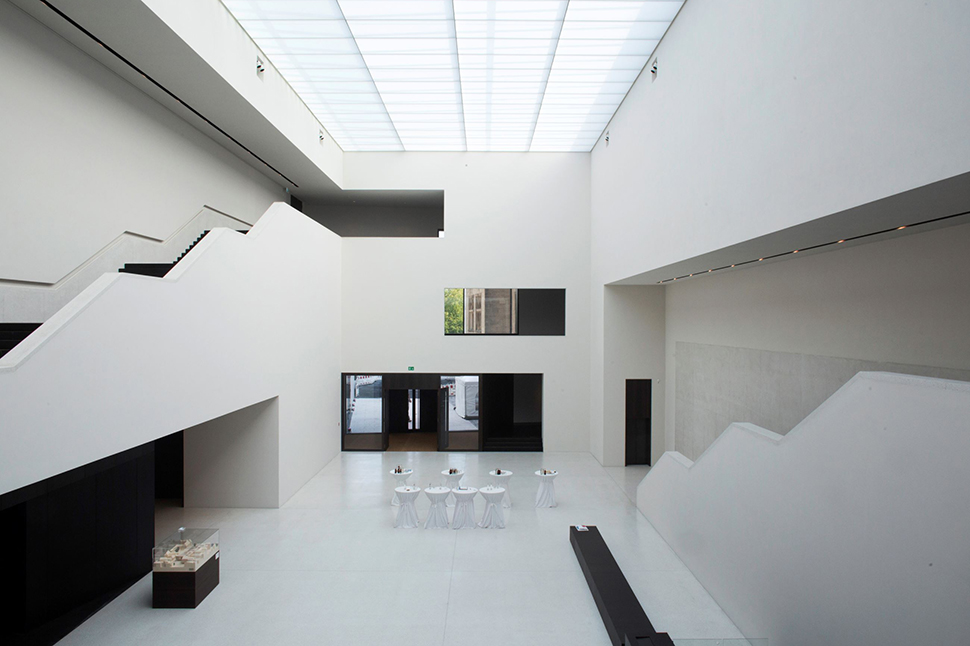
I have developed a deep appreciation for museums that offer rich insights into art and history. Münster, a city in North Rhine-Westphalia, Germany, is a hidden gem that boasts a vibrant museum landscape. I will share my personal experiences visiting four of Münster’s most remarkable museums, each offering unique perspectives on art and history. I will delve into three favorite exhibits from each museum, provide detailed recommendations for other noteworthy pieces, and discuss practical information such as location, accessibility, services, and ticketing options. Join me on this journey through Münster’s cultural heart, and discover the treasures that await art and history enthusiasts.
1. LWL-Museum für Kunst und Kultur (LWL Museum of Art and Culture)
Location: Domplatz 10, 48143 Münster, Germany
Getting There: The museum is centrally located in Münster’s historic district, adjacent to the St. Paul’s Cathedral (Dom). It’s easily accessible by public transportation, with several bus lines stopping at “Domplatz.” For those driving, there are nearby parking facilities, but I found exploring Münster on foot or by bicycle to be the most enjoyable way to navigate the city.
Opening Hours: Tuesday to Sunday: 10:00 AM – 6:00 PM; Closed on Mondays. On the second Friday of each month, the museum extends its hours until midnight, offering free admission from 6:00 PM onwards. This is a fantastic opportunity for budget-conscious travelers to experience the museum’s offerings without any cost.
Admission Fees: Adults: €10; Reduced: €5; Children and young adults up to 17 years: Free. Group rates are available for parties of 16 or more, priced at €7 per person. I appreciated the museum’s commitment to making art accessible to younger audiences by offering free admission to minors.
Services: The museum offers a range of amenities, including a café, a museum shop, and facilities for visitors with disabilities. Guided tours are available in multiple languages, and interactive workshops are often held, catering to both children and adults. During my visit, I participated in a workshop on contemporary art techniques, which enriched my understanding of the exhibits.
Personal Highlights:
- “The Flagellation of Christ” by Caravaggio: This masterpiece left a profound impression on me. The intense emotion captured in the figures and the dramatic use of light and shadow are quintessential elements of Caravaggio’s style. Standing before this painting, I felt a deep connection to the artist’s vision and the historical context of the work.
- “Westphalian Peace Hall”: This exhibit showcases artifacts and documents related to the Peace of Westphalia, which concluded the Thirty Years’ War in 1648. The detailed presentations and original manuscripts provided a tangible link to this pivotal moment in European history. I was particularly moved by the stories of the negotiators who worked tirelessly to bring about peace.
- Contemporary Art Wing: Featuring works by Joseph Beuys and Gerhard Richter, this section offers a thought-provoking exploration of modern artistic expressions. The juxtaposition of traditional and contemporary pieces throughout the museum creates a dynamic narrative of art’s evolution. I found myself reflecting on the societal influences that shape artistic movements.
Recommended Exhibits:
- Medieval Sculptures: The collection of wooden sculptures from the 12th to 16th centuries is remarkable. Each piece tells a story of religious devotion and artistic craftsmanship. I was fascinated by the intricate details and the preservation of these centuries-old artifacts.
- “The Münster Rebellion” Exhibit: This section delves into the Anabaptist uprising in the 16th century, providing context through artifacts, paintings, and interactive displays. The immersive experience gave me a deeper understanding of the city’s tumultuous past.
- Photography Collection: Showcasing works from the 19th century to contemporary times, this collection highlights the evolution of photographic art. I was particularly drawn to the black-and-white portraits that captured the essence of their subjects.
Pros:
- Diverse collection spanning various art periods and styles.
- Engaging educational programs and workshops.
- Central location with easy access to other cultural sites.
Cons:
- The extensive collection can be overwhelming; allocating sufficient time is essential.
- The museum café can become crowded during peak hours.
The LWL-Museum für Kunst und Kultur is a cornerstone of Münster’s cultural scene. Its comprehensive collection and commitment to accessibility make it a must-visit for art and history enthusiasts. I left the museum with a deeper appreciation for the region’s artistic heritage and a desire to explore more.
2. Kunstmuseum Pablo Picasso Münster
Location: Picassoplatz 1, 48143 Münster, Germany
Getting There: Situated in the heart of Münster’s city center, the museum is easily reachable by foot, bicycle, or public transportation. Bus stops at “Picassoplatz” or “Prinzipalmarkt” are within a short walking distance. During my visit, I enjoyed a leisurely walk through the bustling streets, soaking in the local atmosphere before arriving at the museum.
Opening Hours: Tuesday to Sunday: 10:00 AM – 6:00 PM; Closed on Mondays. The museum also offers extended hours during special exhibitions, which are worth checking out in advance.
Admission Fees: Adults: €10; Reduced: €8; Children and young adults up to 18 years: €4. Family tickets and group rates are available, making it an affordable option for families and larger parties. I found the pricing to be reasonable, especially considering the unique focus of the museum.
Services: The museum features a café with a charming outdoor terrace, a well-curated shop offering art books and Picasso-themed merchandise, and accessibility features for visitors with disabilities. Audio guides are available in multiple languages, enhancing the visitor experience. I utilized an audio guide during my tour, which provided insightful commentary on the exhibits.
Personal Highlights:
- “The Vollard Suite”: This series of 100 etchings by Picasso showcases his mastery of line and form. Viewing the complete collection was a rare treat, allowing me to observe the evolution of themes and techniques throughout the series.
- “Portraits of Dora Maar”: The intimate portrayal of Picasso’s muse, Dora Maar, offers a glimpse into their complex relationship. The emotional depth captured in these works resonated with me, highlighting Picasso’s ability to convey profound feelings through his art.
- “Ceramic Works”: Picasso’s exploration into ceramics is less known but equally captivating. The museum’s collection of his ceramic pieces reveals his playful creativity and willingness to experiment with different mediums. I was delighted by the whimsical designs and the fusion of functionality with artistic expression.
Recommended Exhibits:
- “Picasso’s Lithographs”: This collection showcases his innovative approach to printmaking. The bold lines and dynamic compositions reflect his constant pursuit of artistic evolution.
- “Photographs by David Douglas Duncan”: This exhibit offers an intimate look into Picasso’s personal life through the lens of his close friend and photographer. The candid shots provide context to his works and personal relationships.
Pros:
✔️ A rare opportunity to see an extensive collection of Picasso’s graphic works.
✔️ Well-organized and easy to navigate, even for those unfamiliar with Picasso’s career.
✔️ Great educational value, with clear explanations of different periods of Picasso’s work.
Cons:
❌ The museum is relatively small, so it might not take more than 1.5–2 hours to visit.
❌ Can get crowded on weekends due to its popularity.
For any Picasso lover or art enthusiast, the Kunstmuseum Pablo Picasso Münster is a must-visit. It provides an intimate look at Picasso’s artistic journey, from his sketches to his full compositions. I left the museum with a greater appreciation for Picasso’s versatility and ability to transcend mediums.
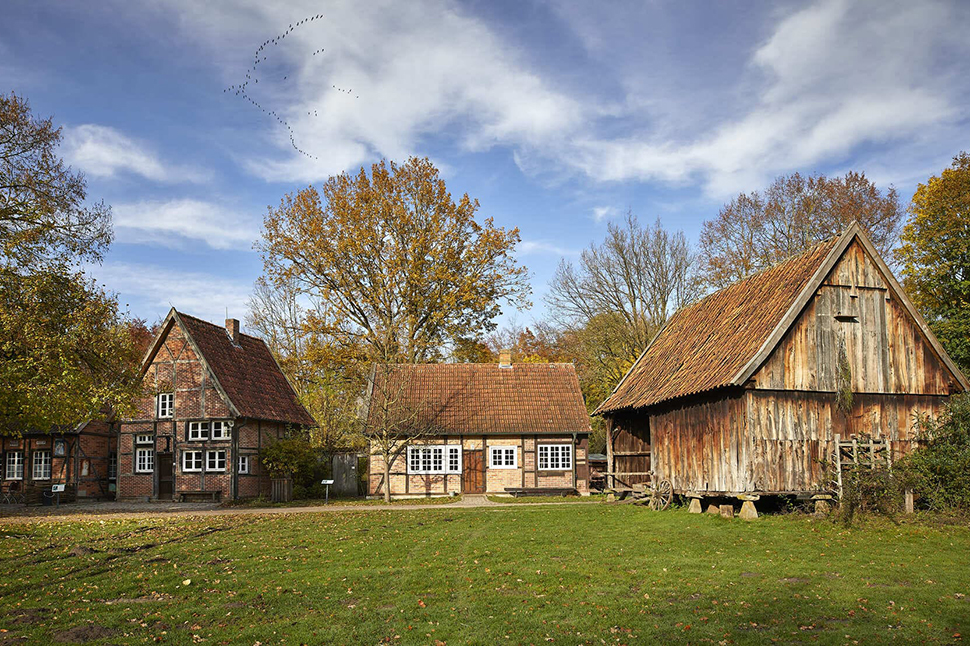
3. Mühlenhof Open-Air Museum
📍 Location: Theo-Breider-Weg 1, 48149 Münster, Germany
🚋 Getting There: Bus lines 14, 15, and 16 stop at “Freilichtmuseum Mühlenhof,” which is a short walk away. Alternatively, it is an enjoyable 10-minute bicycle ride from the city center along scenic paths.
⏰ Opening Hours: April to October: Daily from 10:00 AM – 6:00 PM; November to March: Weekends only, 11:00 AM – 5:00 PM.
🎟️ Admission Fees: Adults: €5; Reduced: €3; Children under 6: Free.
Mühlenhof Open-Air Museum offers a step back in time to rural Westphalian life in the 18th and 19th centuries. The museum features more than 30 historic buildings, including a fully operational windmill, a blacksmith’s workshop, and a traditional schoolhouse. As someone passionate about history, I found this place absolutely fascinating!
Personal Highlights:
- The Windmill: The centerpiece of the museum, this fully functioning windmill is a marvel of old engineering. I climbed inside and watched as the giant wooden gears turned, grinding grain just as they would have centuries ago.
- The Blacksmith’s Workshop: I had the chance to see a blacksmith in action, shaping iron with traditional techniques. The sparks flying from the anvil and the rhythmic pounding of metal transported me back in time.
- The Schoolhouse: This tiny wooden schoolhouse, complete with wooden benches and old chalkboards, reminded me of scenes from 19th-century novels. Sitting in one of the seats, I imagined what it would have been like to learn in such a simple yet disciplined environment.
Recommended Exhibits:
- The Westphalian Farmhouse: Fully furnished with antique furniture and tools, this farmhouse showcases the daily life of a farming family in the 1800s.
- The Traditional Bakery: If you’re lucky, you might be able to sample fresh bread baked in a stone oven!
- The Village Church: A beautifully preserved small church with intricate wood carvings and original hymn books.
Pros:
✔️ A unique and interactive way to learn about Münster’s rural history.
✔️ Kid-friendly, with lots of open space and engaging exhibits.
✔️ Affordable admission price.
Cons:
❌ Some descriptions are only in German, so using a translation app is helpful.
❌ Best enjoyed in good weather since most exhibits are outdoors.
The Mühlenhof Open-Air Museum is a fantastic way to experience Münster’s rural history. It’s a peaceful escape from the city and offers a hands-on history lesson for visitors of all ages. I left with a newfound appreciation for the craftsmanship and daily life of the past.
4. Stadtmuseum Münster (Münster City Museum)
📍 Location: Salzstraße 28, 48143 Münster, Germany
🚋 Getting There: Located in the city center, just a short walk from Prinzipalmarkt. Bus stops nearby include “Ludgeriplatz” and “Aegidiimarkt.”
⏰ Opening Hours: Tuesday to Friday: 10:00 AM – 6:00 PM; Saturday and Sunday: 11:00 AM – 6:00 PM; Closed on Mondays.
🎟️ Admission Fees: Free! Donations are encouraged.
This museum offers a deep dive into Münster’s history, from medieval times to the present. I was amazed by the extensive collection of artifacts, photographs, and interactive exhibits that cover everything from the city’s architecture to its turbulent religious conflicts.
Personal Highlights:
- The Münster Rebellion Exhibit: This section explores the radical Anabaptist movement that took control of Münster in the 16th century. The artifacts and historical accounts were so detailed that I felt immersed in the chaos of that time.
- Münster Before & After WWII: A series of before-and-after photographs showing the city’s devastation during WWII and its subsequent rebuilding. It was striking to see how much Münster had to reconstruct after the war.
- The 1950s Department Store Replica: A charming exhibit that recreates a mid-century German shopping experience, complete with mannequins dressed in vintage clothing and shelves lined with classic products. It felt like stepping into a time capsule!
Recommended Exhibits:
- Bicycle Culture in Münster: Münster is Germany’s cycling capital, and this exhibit highlights the city’s long history with bicycles.
- The Old Town Model: A massive scale model of Münster as it looked before WWII, offering a glimpse of what was lost and rebuilt.
- Münster and the Hanseatic League: Exploring Münster’s role in medieval trade and commerce.
Pros:
✔️ Free admission – perfect for budget travelers.
✔️ Well-organized exhibits that make history engaging.
✔️ Centrally located, making it easy to visit during a day of sightseeing.
Cons:
❌ Not as interactive as some larger museums.
❌ Some sections are text-heavy (though translations are available).
The Stadtmuseum Münster is a hidden gem for history lovers. It offers a fascinating journey through Münster’s past, from medieval conflicts to modern urban development. Best of all, it’s free, making it a great stop for anyone exploring the city.
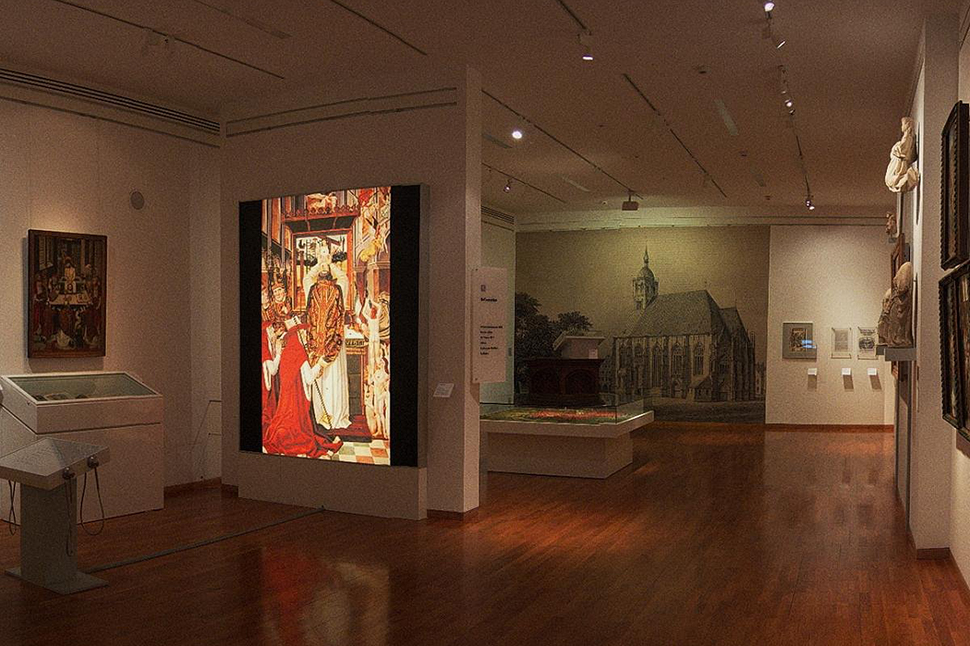
The Rich Cultural Tapestry of Münster
Münster is a city with a deep artistic and historical legacy, and its museums beautifully reflect this. From Picasso’s masterpieces to interactive historical exhibits, there’s something for everyone. Whether you’re passionate about fine art, medieval history, or rural traditions, Münster’s museums offer a rich and rewarding experience.
If you’re planning a trip to Münster, I highly recommend prioritizing these museums. Each provides a unique glimpse into different aspects of the city’s heritage, and many are affordable or even free! Whether you have a weekend or a longer stay, these cultural treasures will make your visit unforgettable.
